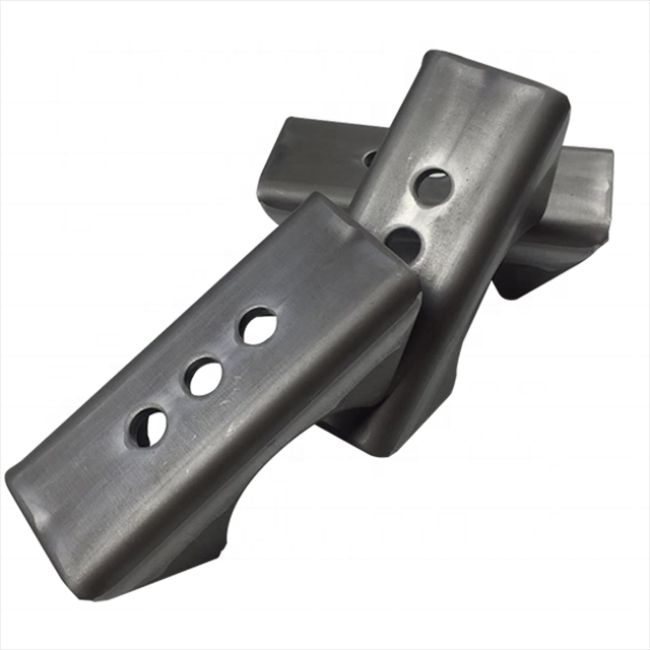Understanding Stamping Sheet Parts: Stainless Steel and Aluminum
2024-12-12
The manufacturing industry relies heavily on stamping sheet parts made from materials like stainless steel and aluminum. These components are integral to countless applications, from automotive and aerospace to construction and electronics. Let’s delve into the world of stamping sheet parts and understand their significance.
What Are Stamping Sheet Parts?
Stamping sheet parts are metal components shaped through a process called stamping, which involves cutting, bending, or forming sheets of metal using a stamping press. This technique is highly efficient, enabling the mass production of intricate and precise parts with minimal material wastage.
Key Benefits of Stamping Sheet Parts
1. High Precision:
- Stamping allows for the creation of parts with tight tolerances, ensuring consistent quality and performance.
2. Cost-Effectiveness:
- The process is suitable for large-scale production, reducing per-unit costs significantly.
3. Versatility:
- Stamping can accommodate various metals, including stainless steel and aluminum, offering flexibility for diverse applications.
4. Durability:
- The resulting parts are robust and long-lasting, making them ideal for demanding industries like automotive and construction.
Stainless Steel vs. Aluminum: A Comparison
1. Stainless Steel:
- Strength and Durability: Stainless steel is known for its high strength and resistance to corrosion, making it suitable for harsh environments.
- Applications: Commonly used in automotive components, kitchen appliances, and medical instruments.
- Weight: Heavier than aluminum, which can impact its use in weight-sensitive applications.
2. Aluminum:
- Lightweight: Aluminum is significantly lighter than stainless steel, making it ideal for aerospace and transport industries.
- Corrosion Resistance: Though not as robust as stainless steel, aluminum’s natural oxide layer provides good corrosion resistance.
- Applications: Found in aircraft parts, electronics casings, and architectural structures.
Applications of Stamping Sheet Parts
- Automotive Industry: Engine components, chassis parts, and brackets.
- Electronics: Heat sinks, casings, and connectors.
- Construction: Structural components and decorative elements.
- Aerospace: Lightweight yet strong parts for aircraft.
Future Trends in Stamping Technology
Advancements in technology are leading to the adoption of digital simulation tools, automated presses, and sustainable practices in stamping. These innovations promise higher efficiency and reduced environmental impact.



